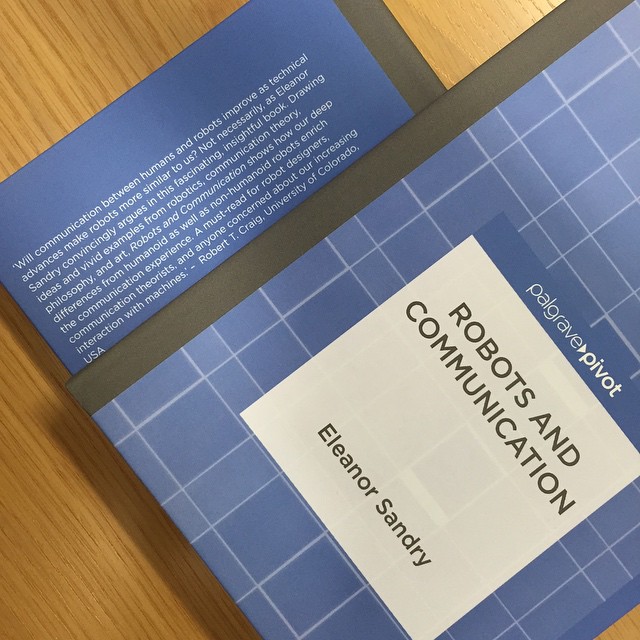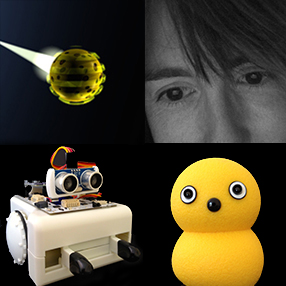My print copies of Robots and Communication have just arrived here in Australia, so that is reason for more celebration, because it’s so good to see the physical book (even though I read so many things electronically these days).
When I submitted the first complete manuscript of Robots and Communication to Palgrave the draft included epigraphs for each of the chapters (other than the Introduction). These were removed at the request of the publisher, because of the additional clearance that they might require. In fact, I think now that I could have argued the case, since these quotations were also embedded within the text of my book. Too late now. I do feel their loss and, since they were carefully chosen, I thought I’d share them here in a series of short posts, because they offer an alternative explanation for the structure of the book and the story it aims to tell. For completeness, I’ve added a suitable quotation for the Introduction as well, so I’ll start there…
Introduction
![]() [A]ll communication theories are mutually relevant when addressed to a practical lifeworld in which ‘communication’ is already a rich and meaningful term (Craig, 1999, p. 119).
[A]ll communication theories are mutually relevant when addressed to a practical lifeworld in which ‘communication’ is already a rich and meaningful term (Craig, 1999, p. 119).
Robert Craig’s statement about the relevance of all communication theories was something I took to heart in writing Robots and Communication. Although the relatively short length of my book meant that I had to be somewhat selective, I did take the opportunity to look at human-robot interactions from the perspectives offered by a number of different traditions of communication theory. The book is therefore not only concerned with analysing human interactions with a variety of forms of robot, but also with exploring the interactions between communication theories, each of which highlight different aspects of the communication taking place. At times the theoretical traditions operate to support one another, whereas on other occasions they question one another’s basic assumptions and concerns.
There is a second point encapsulated in this quotation too, also of great importance to my argument, which draws attention to the richness that can be contained within the term ‘communication’. I’ve take particular notice of this idea when arguing for the value of nonverbal channels of communication, something that is relevant when considering interactions between humans and animals (as I do in Chapter 2) and between humans and non-humanoid robots (as I do from Part II of the book onwards).
Reference: Craig, R. T. (1999) ‘Communication theory as a field’, Communication Theory, 9(2), pp. 119–161.
Image taken by Eleanor Sandry.


